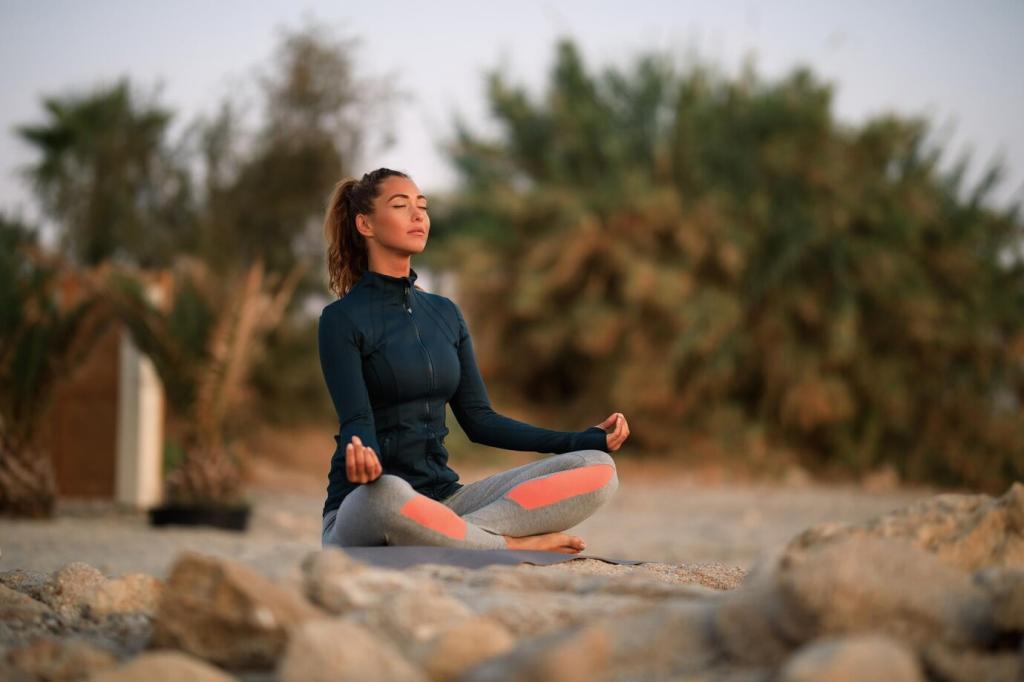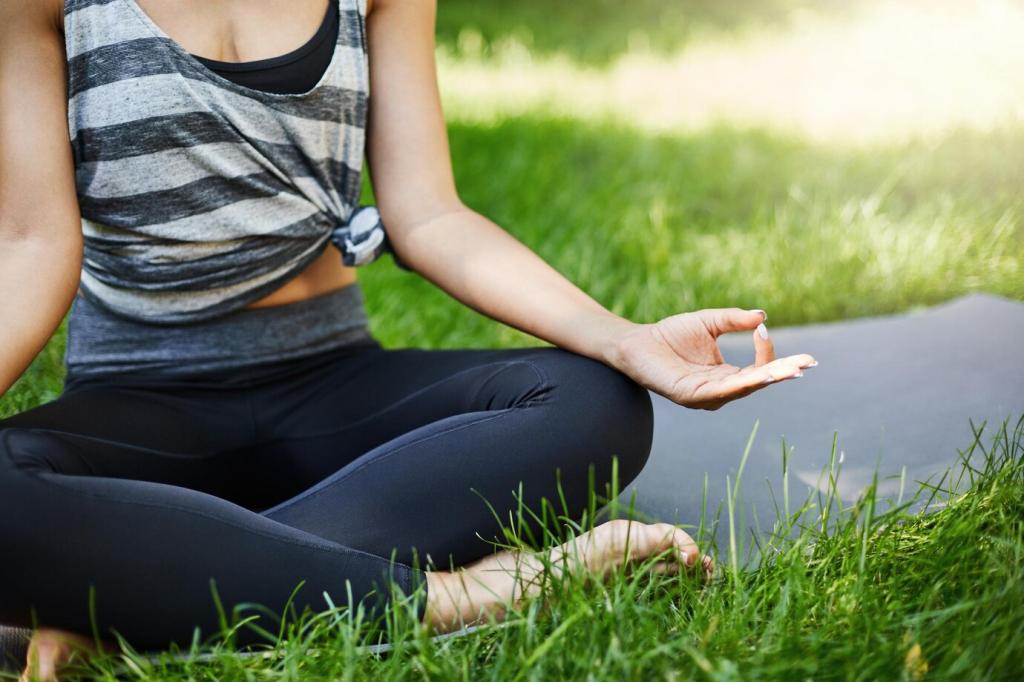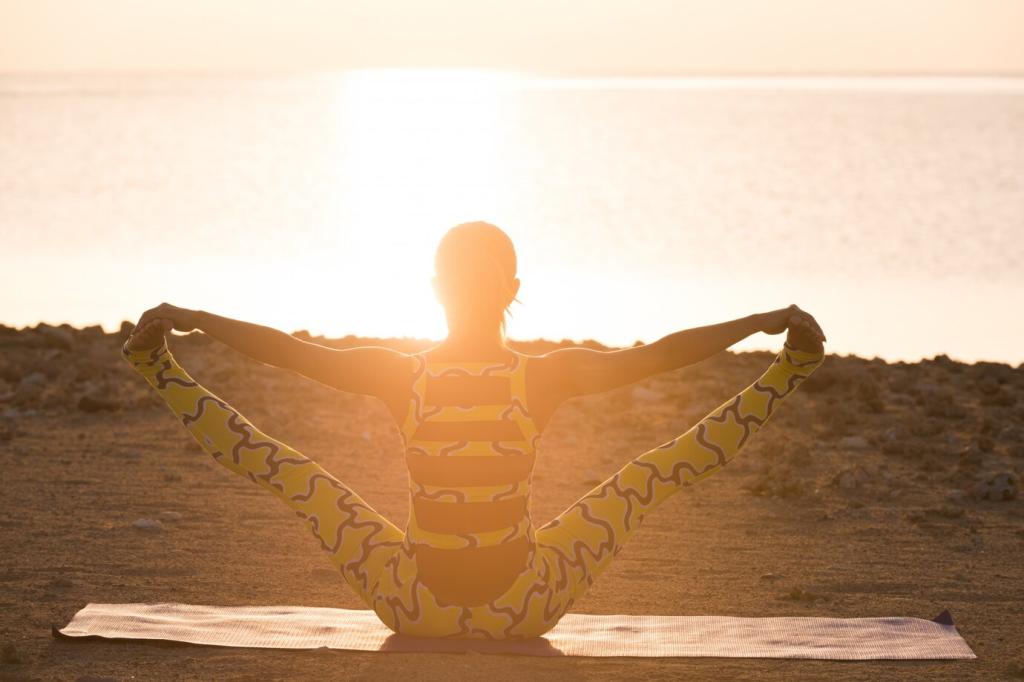Exploring Different Meditation Styles
Chosen theme: Exploring Different Meditation Styles. Step into a friendly, practical guide to finding the technique that truly fits your mind, your life, and your goals—then stay with us for weekly explorations, stories, and experiments you can try today.


Why Explore Meditation Styles?
Research suggests focused attention and open monitoring engage different neural networks, which is why exploring different meditation styles matters. If one style feels flat, another might spark curiosity and consistency. Tell us which styles brighten your focus or settle your nerves.
Why Explore Meditation Styles?
Start with a clear intention—stress relief, creativity, compassion, or concentration—then match it by exploring different meditation styles. When your technique aligns with your goal, motivation lasts longer. Subscribe for guided experiments to help you refine your intention each week.
Breath awareness
Follow the inhale and exhale at the nostrils or belly. Exploring different meditation styles shows breath practice builds concentration while gently revealing restlessness. If your mind wanders, return kindly. Comment with your favorite count rhythm, like four-in, six-out, and why it helps.
Body scan
Move attention through toes, legs, torso, and face, noticing sensations without fixing them. By exploring different meditation styles, many discover body scans reduce evening tension and improve sleep quality. Try ten minutes before bed and report how your sleep latency changes this week.
Mindful walking
Synchronize breath with steps, feeling heels, arches, and toes. Exploring different meditation styles outdoors can refresh a stale routine. If seated practice feels heavy, walking can reawaken curiosity. Share your favorite path, weather, or soundtrack of birds that helps you stay present.

Focus, Openness, and Effortlessness
Focused attention
Choose one object—a candle flame, the breath, a mantra—and return to it every time you drift. Exploring different meditation styles teaches how this method strengthens cognitive stability. Track how many returns you make in ten minutes and celebrate the kindness in every redirection.
Open monitoring
Rest as the observer of thoughts, sounds, and sensations without clinging. Exploring different meditation styles reveals openness builds insight into patterns. Notice a thought arise, label it gently, and let it pass. Tell us how labeling changed your relationship with inner chatter this month.
Effortless awareness
Some practices invite you to notice awareness itself, relaxing effort rather than sharpening it. Exploring different meditation styles may lead here naturally after focus and openness mature. If it feels abstract, alternate with focus days. Share how effortless moments surprised you between tasks.
Heart Practices: Cultivating Warmth and Connection
Loving-kindness (metta)
Silently offer phrases like, “May I be safe. May you be peaceful.” Exploring different meditation styles with metta can reduce self-criticism and social anxiety. Try five minutes before difficult conversations, then message us how your tone and listening shifted afterward.
Compassion and Tonglen-inspired practice
Imagine breathing in another’s pain and breathing out ease, symbolically or emotionally, while staying grounded. Exploring different meditation styles shows this builds courage around suffering. Keep sessions short at first, and journal any softening you notice in your chest or jaw.
Gratitude meditation
Bring to mind three specific moments from today—a smile, warm tea, a solved problem—and feel them fully. Exploring different meditation styles with gratitude can redirect attention from scarcity to sufficiency. Share your top three nightly gratitudes and invite a friend to try it with you.
Mantra and Sound-Based Practices
01
Repeat a chosen phrase bead by bead, letting rhythm guide attention. Exploring different meditation styles this way gives your hands something to do, which helps restless minds. Tell us which mantra you selected and whether Sanskrit, English, or personal phrases feel more meaningful.
02
Gently repeat a simple, personal sound without strain, allowing thoughts to settle naturally. Exploring different meditation styles highlights how effortless repetition can reduce rumination. Try two short sessions daily for a week and note any changes in clarity between meetings.
03
Vocal chanting or listening to bowls creates an immersive field that cradles attention. Exploring different meditation styles with sound can unlock emotion safely. If self-conscious, chant softly or try headphones. Comment about the track or tone that instantly calms your nervous system.

Movement and Creative Stillness
Move slowly, breathe intentionally, and feel transitions between poses. Exploring different meditation styles within yoga emphasizes attention, not acrobatics. Choose three poses, hold them with gentle steadiness, and share how the breath-to-movement ratio changed your focus today.
Movement and Creative Stillness
Let coordinated sequences or easy jogging become a metronome for awareness. Exploring different meditation styles here can transform exercise into presence. Start with ten mindful minutes, notice footfalls and breath, then tell us which pace made mindfulness easiest to sustain.
